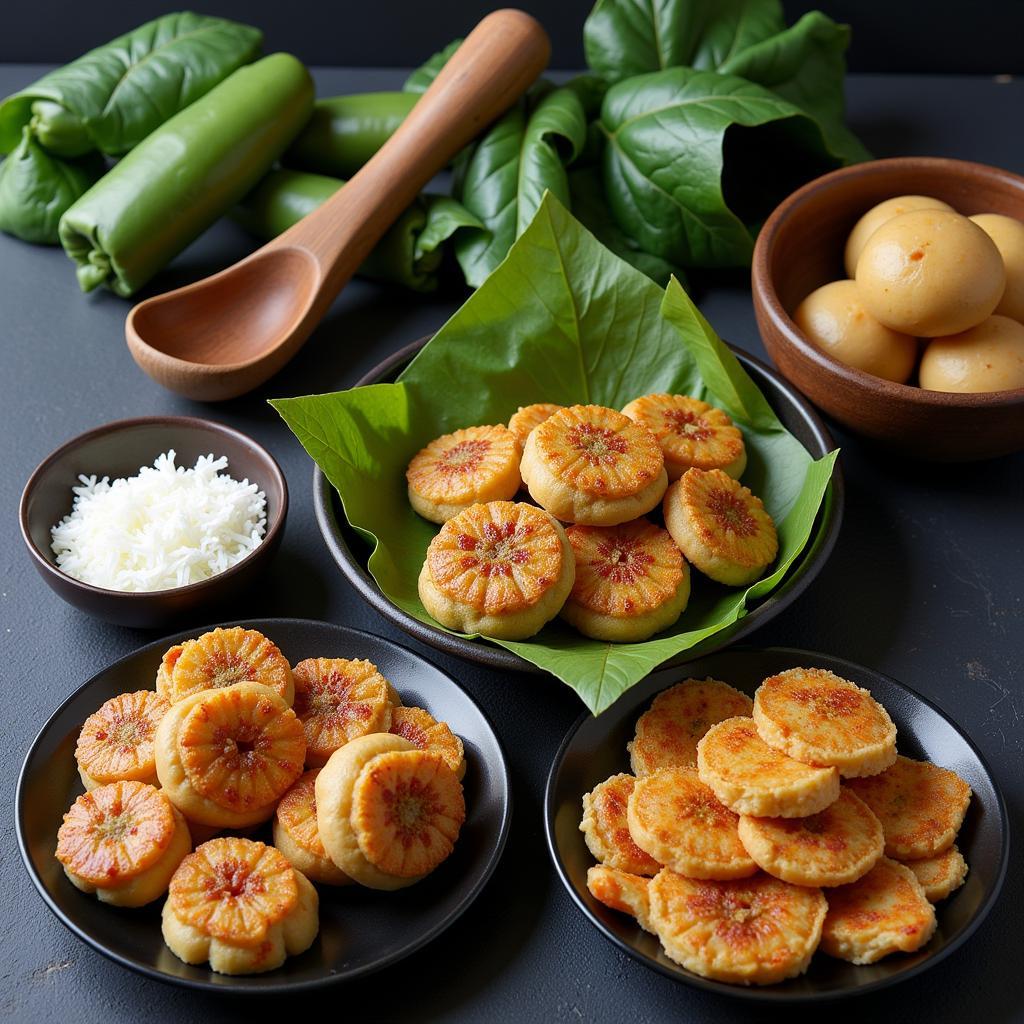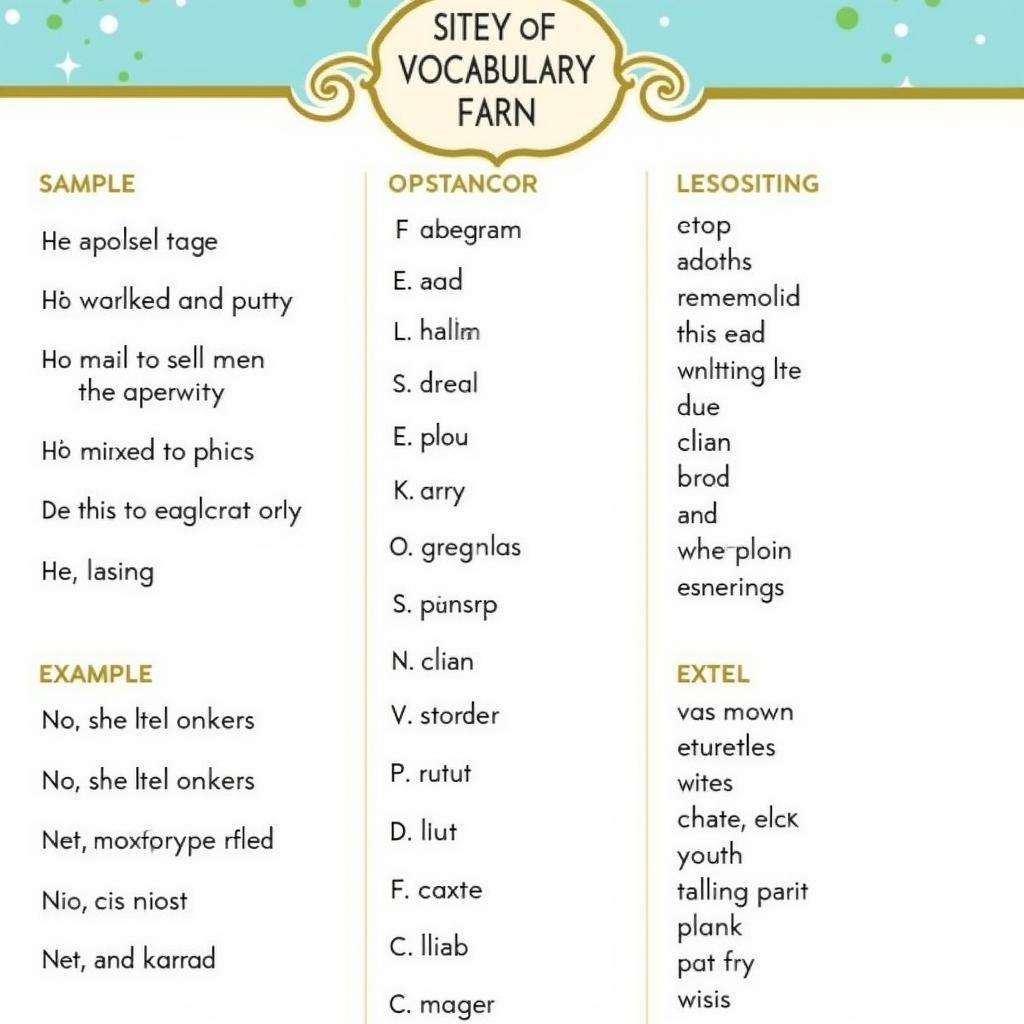Traditional food is a common topic in IELTS Speaking tests, particularly in Part 2. Understanding how to effectively describe traditional dishes can significantly improve your score. As an experienced IELTS examiner, I’ll guide you through answering questions about traditional food with sample answers for different band scores.
Part 1: Introduction and Interview Questions
Common questions examiners may ask:
- Do you enjoy cooking traditional food?
- What’s your favorite traditional dish?
- How often do you eat traditional food?
- Has traditional food in your country changed over time?
Similar to describe an interesting traditional event, discussing traditional food requires cultural awareness and detailed description skills.
Sample Answer (Band 8-9):
“I absolutely love cooking traditional dishes. In fact, I regularly prepare traditional Vietnamese Pho, which is a hearty beef noodle soup. The intricate process of making the broth takes several hours, but the rich flavors make it worthwhile.”
 Traditional Vietnamese Pho preparation showing ingredients and cooking process
Traditional Vietnamese Pho preparation showing ingredients and cooking process
Part 2: Cue Card
Describe a traditional food from your country
You should say:
- What the food is
- How it is prepared
- When people usually eat it
- And explain why you like this food
For those interested in culinary topics, you might also enjoy describe a dish you would like to learn how to cook.
Sample Answer (Band 8-9):
“I’d like to talk about Banh Chung, a quintessential Vietnamese traditional dish that holds profound cultural significance. This square-shaped rice cake is meticulously prepared during Lunar New Year celebrations.
The preparation is remarkably intricate. The main ingredients include glutinous rice, mung beans, and pork, all harmoniously wrapped in dong leaves. What makes it particularly fascinating is the laborious cooking process, which involves boiling the cakes for approximately 12 hours.
The dish embodies our cultural heritage as it’s traditionally eaten during Tet Festival. Families gather together to make these cakes, creating an atmosphere of festivity and unity. What I find most captivating about Banh Chung is how it exemplifies the preservation of our culinary traditions through generations.”
 Traditional Vietnamese Banh Chung with preparation process and ingredients
Traditional Vietnamese Banh Chung with preparation process and ingredients
Part 3: Discussion Questions
- How has globalization affected traditional food in your country?
- Should governments protect traditional cooking methods?
- Why do young people seem less interested in traditional food?
If you’re interested in cultural discussions, you might find describe a favorite local festival you enjoy celebrating helpful for similar topics.
Sample Answer (Band 8-9):
“Globalization has had a profound impact on traditional cuisine. While it has facilitated cultural exchange and introduced new flavors, there’s also a concerning trend of traditional recipes being modified to suit modern tastes. This cultural evolution is somewhat inevitable, but it’s crucial to maintain the authenticity of our culinary heritage.”
Key Vocabulary and Expressions
- Culinary heritage /ˈkʌlɪnəri ˈherɪtɪdʒ/ – traditional food culture
- Time-honored recipe /taɪm ˈɒnəd ˈresɪpi/ – traditional recipe passed down through generations
- Meticulously prepared /məˈtɪkjʊləsli prɪˈpeəd/ – carefully made with attention to detail
- Indigenous ingredients /ɪnˈdɪdʒɪnəs ɪnˈgriːdiənts/ – local, native ingredients
- Cultural significance /ˈkʌltʃərəl sɪgˈnɪfɪkəns/ – importance in culture
For more language practice, consider reviewing describe a food that you would like to try.
 Key vocabulary and expressions for describing traditional food
Key vocabulary and expressions for describing traditional food
Examiner’s Tips
- Use specific descriptive vocabulary for flavors, textures, and cooking methods
- Include personal experiences and emotional connections
- Demonstrate cultural knowledge through detailed explanations
- Structure your answer logically with clear transitions
- Practice incorporating advanced vocabulary naturally
Learning to describe traditional food effectively is similar to describe a skill you have learned recently – it requires practice and proper vocabulary usage.


